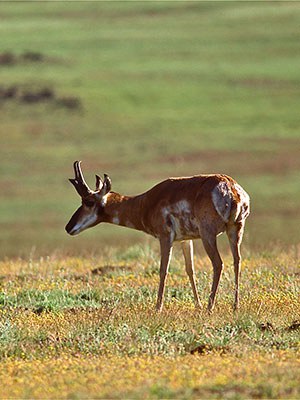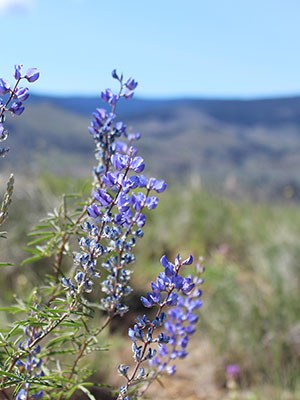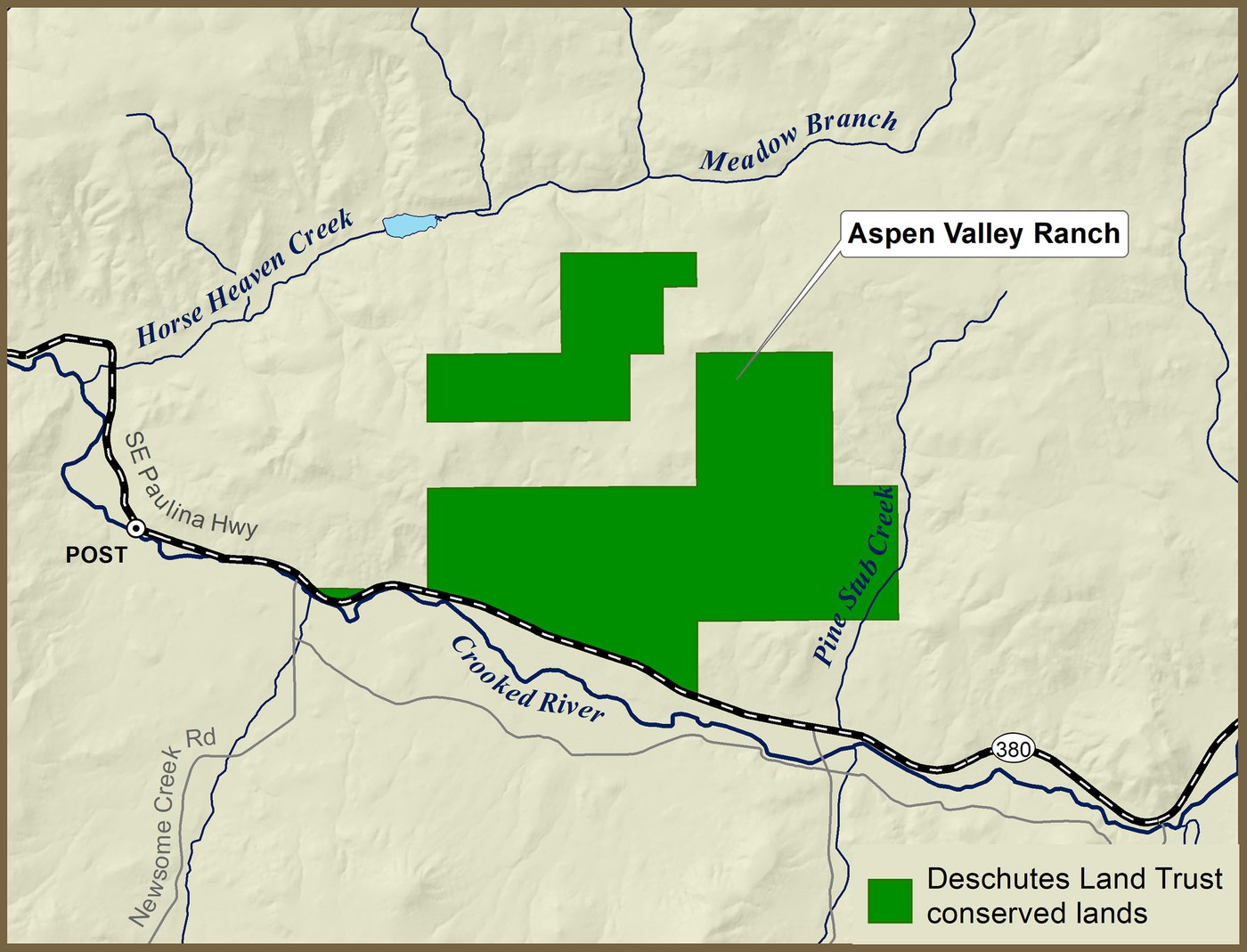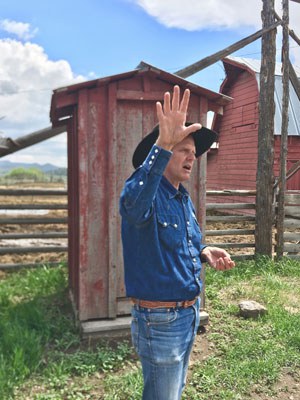

Aspen Valley Ranch
Aspen Valley Ranch is a working cattle ranch near Post, OR (see map below). The Land Trust worked with the owners of Aspen Valley Ranch to permanently protect 3,908 acres of the larger 18,000-acre ranch in 2020. The ranch is home to a wide variety of wildlife species including elk, mule deer, pronghorn, hawks, songbirds, and more. Take our virtual tour or read below to learn more about the property.




